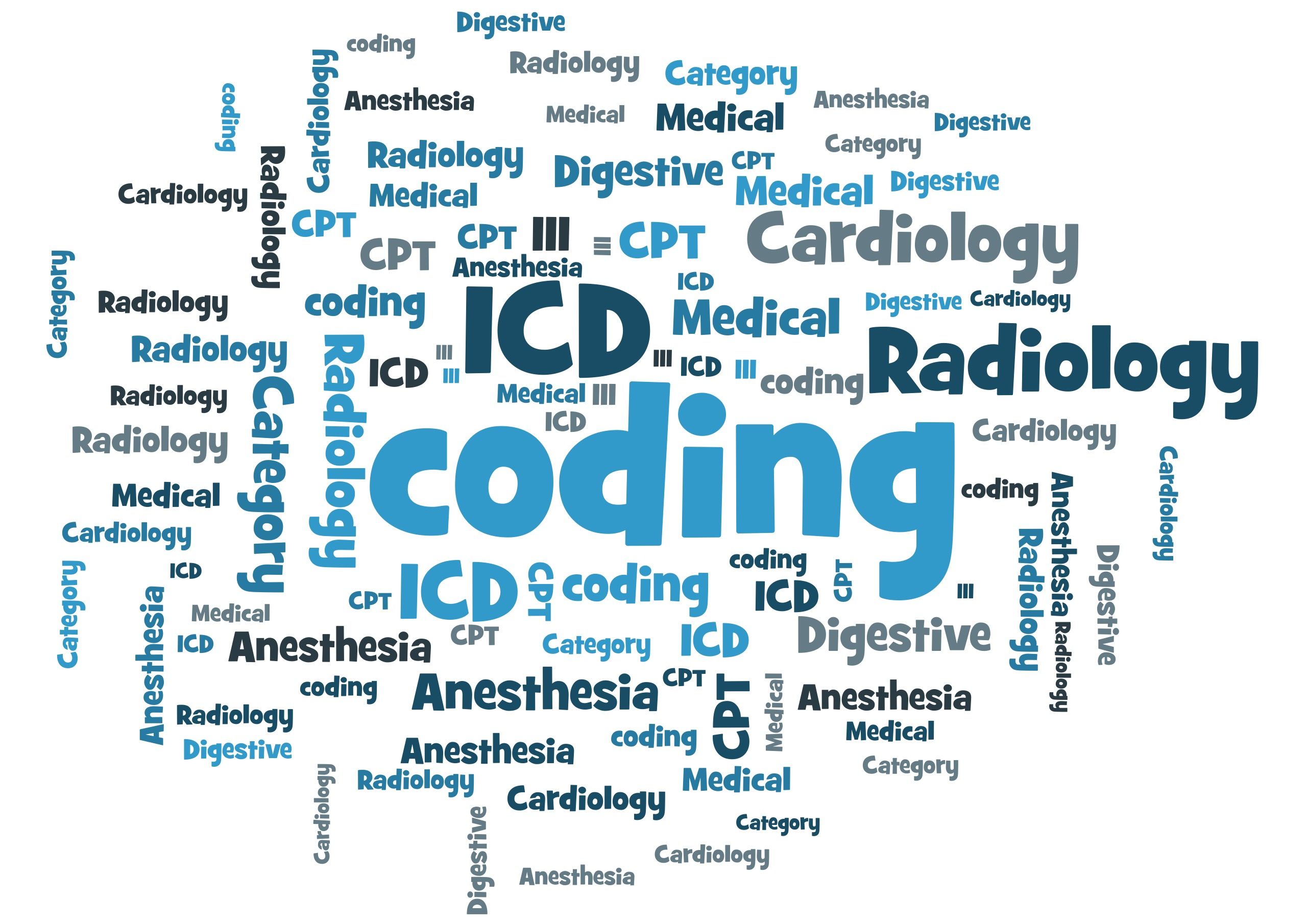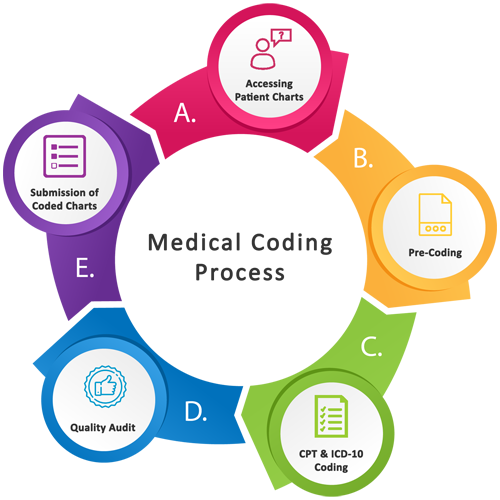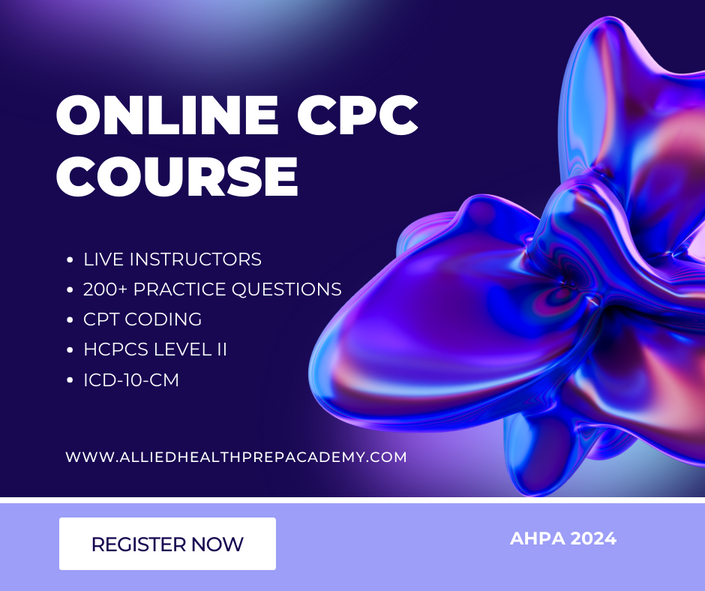
Certified Professional Coder
The Certified Professional Coder (CPC) is the foundational standard for medical coding in a physician office setting. Earning the CPC credential displays your competencies in CPT, HCPCS Level II, and ICD-10-CM coding. According to the AAPC, the competency objective is to become an expertise in medical record review to abstract information required to support accurate coding, the ability to identify documentation deficiencies and properly query providers for proper code capture, expertise in assigning accurate CPT, HCPCS Level II, and ICD-10-CM medical codes for diagnoses and procedure, solid understanding of anatomy, physiology, and medical terminology required to correctly code professional provider services and diagnoses, proficiency across a wide range of services, including evaluation and management, anesthesia, surgery, radiology, pathology, and medicine, and a sound knowledge of medical coding guidelines and regulations including compliance and reimbursement - allowing a CPC to better handle issues such as medical necessity, claims denials, bundling issues, and charge capture.
Exam Format
There are 100 questions on the Certified Professional Coder exam with a time limit of 4 hours. The exam is given two ways, choose to take the exam at home with a live remote proctor, or on a computer at a testing center. Exam results will be posted in your AAPC Account under Courses and Exams within 7-10 business days from the date you complete the exam.

ICD-10-CM Diagnosis Coding
The ICD-10-CM (Clinical Modification) is set of diagnosis codes used in the United States of America. It was developed by a component of the U.S. Department of Health and Human Services, as an adaption of the ICD-10-CM with authorization from the World Health Organization.

CPT Coding
Current Procedural Terminology codes provide a uniform nomenclature for coding procedures and services. Medical CPT codes are critical to streamlining reporting and increasing accuracy and efficiency, as well as for administrative purposes such as claims processing.

Revenue Cycle Process
Example Curriculum
- WELCOME
- Medical Terminology & Anatomy
- Coding Guidelines
- Introduction to ICD-10-CM
- Introduction to CPT, HCPCS Level II, Modifiers & Surgical Guidelines
- Evaluation & Management (E/M)
- Musculoskeletal System
- Integumentary System
- Respiratory, Hemic & Lymphatic System
- Digestive System
- Midterm Exam
- Cardiovascular System
- Urinary System & Male Genital System
- Female Reproductive System
- Anesthesia
- Endocrine & Nervous System
- Radiology
- Eye & Auditory
- Lab & Pathology
- Medicine
- Final Exam


